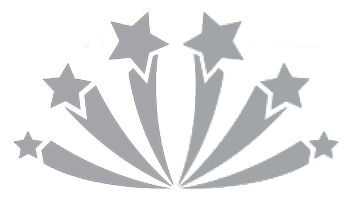Artwork Requirements
Let's get started!
Contract screen printing and embroidery with outstanding quality, speed, and transparency.
ARTWORK REQUIREMENTS
VECTOR FILE TYPES
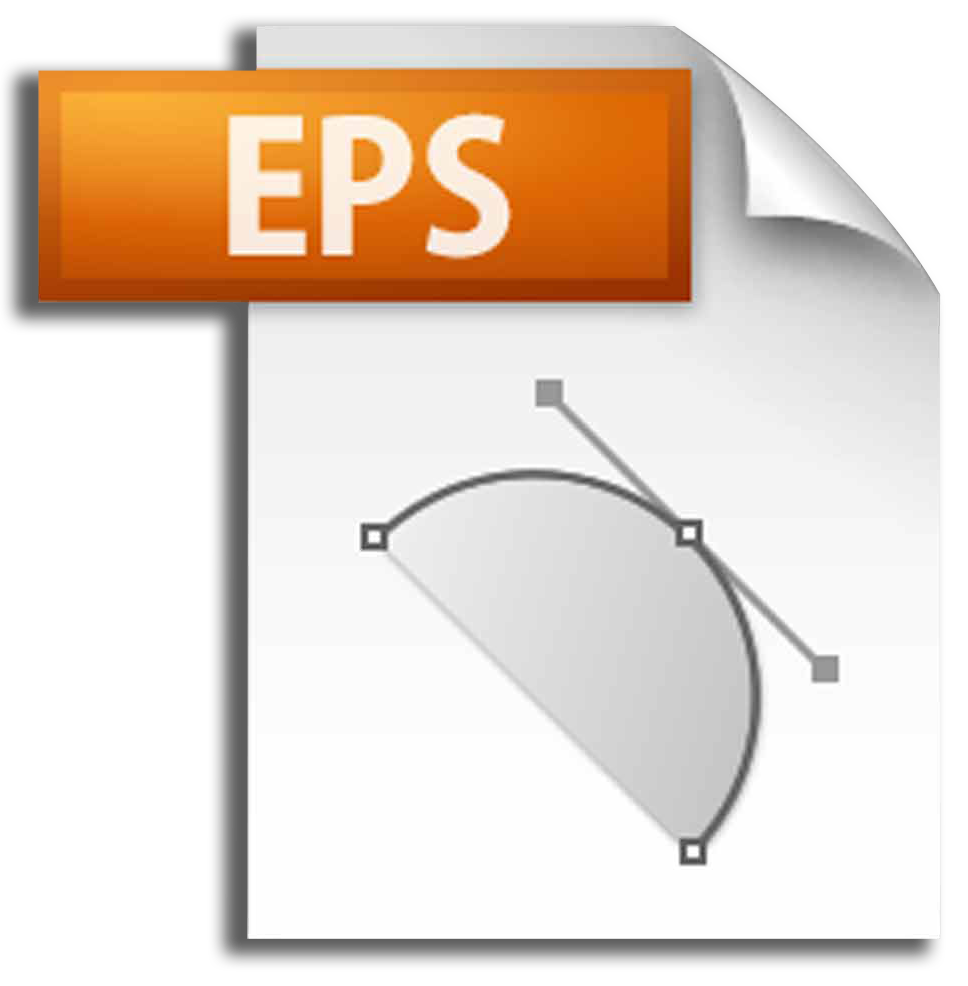
.EPS
his vector based file format is more universal. While not viewable without the proper program it is a preferred file type for us.
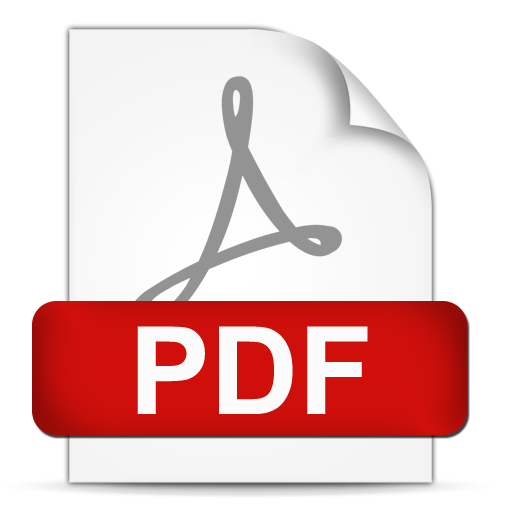
Vector pdf files are a great way to save your artwork. They are viewable by most computer users and can retain all of the vector editing capabilities.

.AI
Native Adobe Illustrator file format for vector based graphics. It can only be viewed in Illustrator.
UNACCEPTED FILE TYPES
The below file types are either a non-vector format or a format we do not prefer. Any files submitted in these formats will most likely need to be recreated into vector artwork.

.JPG, .GIF, .PNG
These file types are raster based images. They are not suitable for screen printing as is. These would need to be recreated.
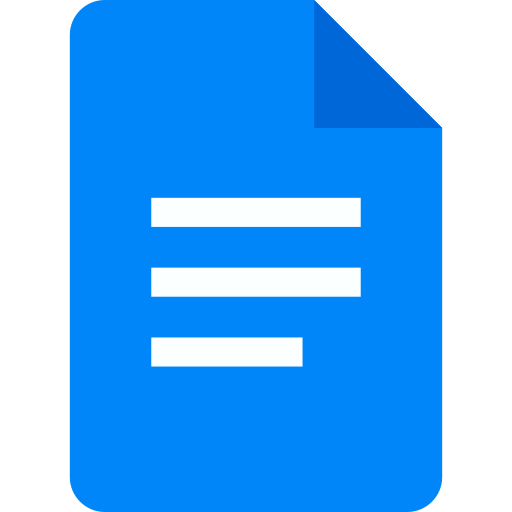
.DOC, .DOCX, .PPT
These files can contain images as well as text, but they are not set up for printing as is and will need to be recreated into vector artwork.
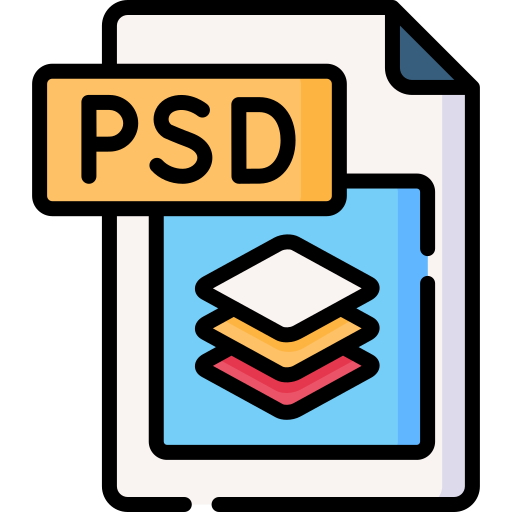
.PSD, .CDR
While these formats can create amazing looking designs. Photoshop is a raster based program, and Corel Draw is a vector program but these files are not able to be used with how we print and are not preferred file types.
VECTOR VS RASTER
